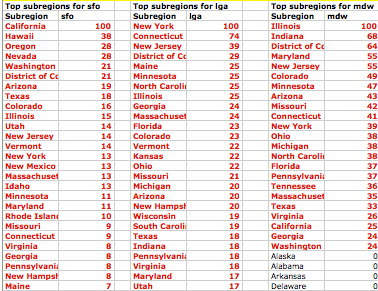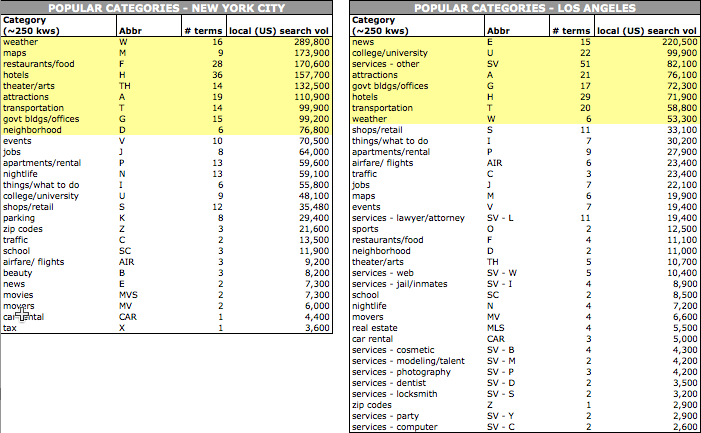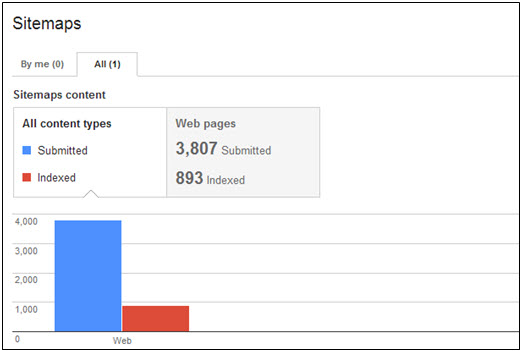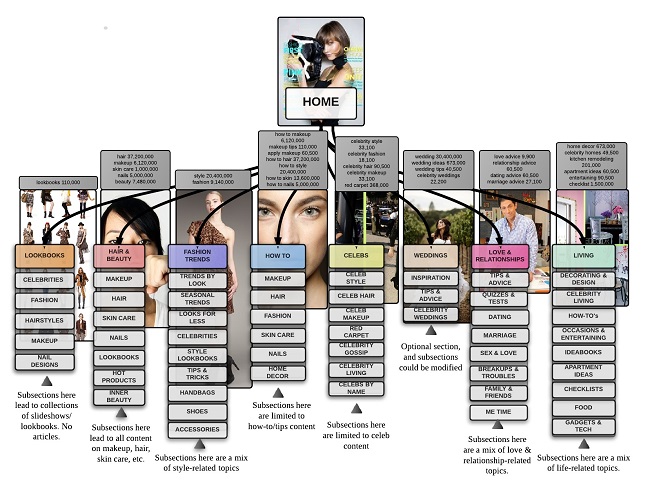Think Bigger: 28 Ways to Be a Better SEO
Are your deliverables
- A huge list of problems, or
- A pathway to insightful solutions?
Are you calling your clients out on what they’re doing wrong in your deliverables or are you supporting their intents to reach their business goals through your very specific expertise? The differences can be so slight but so powerful.
At SEOgadget we have a sort of unspoken Think Bigger mantra. We start every project with an understanding of the business model, the competitive landscape they’re in, and the goals that the business is trying to reach. We structure everything we do with that client, from consulting conversations to research-based deliverables to audits and marketing strategies, around helping the clients meet and exceed those business goals. With every deliverable we ask ourselves if and how this is empowering them to be better, stronger, more informed, and ultimately lend towards their goals. If it’s not quite there yet, we keep working on it until it is. Sometimes that’s expensive for us, but it’s our duty.
We (and personally I) really want to see our industry thought of more as valuable and helpful more than distrustful and self-serving. #SadFace.
So to help, here’s a list of ways you can #ThinkBigger on various types of projects. Before you send deliverables off to your clients ask yourself these questions about the deliverable, and most importantly – is what you’re sending them empowering them?
Keyword Research
 Not Really Thinking:
Not Really Thinking:
- Spitting out lists of keywords with the search volumes.
 Thinking Bigger:
Thinking Bigger:
- Intent: Does the keyword research consider the various types of intent that their target audiences have for any query category? For example, the intent around “laptop security” can be locks for an individual’s laptop or securing network data on employee laptops. Look at what appears in SERPS (indicating what type of intent most searchers have by the types of results) and be realistic about expectations for the term.
- Insights: Can you “read” through the keyword research, treating it more like market research than search volumes, to see what deeper stories these queries say about their needs? What can you learn about people’s needs by the overall types of queries you see?
- High vs Low-Converting Queries: Are there types of queries that are more likely to convert and queries that are relevant, but less likely? Let them know.
- New Opportunities: Are there related themes that may not be directly relevant but might lead to opportunities for the client that they hadn’t thought of? Let them know.
- Location: How do people search differently by location? For example, other than California, where else are people searching most for the San Francisco Airport (SFO)? Or what are the most popular categories of searches in New York vs. Los Angeles?
Site Audits
 Not Really Thinking:
Not Really Thinking:
- Spitting out lists of site issues.
 Thinking Bigger:
Thinking Bigger:
- Root cause: What’s causing site errors or duplication? Is there a bigger story? This is almost always the most important question to ask yourself – what’s behind this problem and how can you help the client fix the problem at the source? For example, low sitemap indexation is not the main problem. There is a reason behind that. Find it. Or UGC content being spammed with Viagra content and links – that’s not the main problem. The main problem is that the content is allowed, either through the CMS or the lack of moderation.
- CMS vs human error: Is there an issue with the content or code or a lack of flexibility with the current CMS? Can they get around it?
- Simplify: For WordPress sites, can a few tweaks of the Yoast plugin fix a whole bunch of issues? (Let them know!)
- The production team: Do the engineering and/or editorial teams need a little empowerment themselves (provide resources, training, tools, etc)?
Low site indexation is only the clue to the problem in the image below.
For this particular site these were the problems that caused Google to ignore a lot of the pages in the XML sitemap:
- Some areas are individually blocked via robots.txt
- Duplicates are included.
- Some canonicals point to the wrong destination.
- Some pages return a server response of 404 Not Found.
Information Architecture
 Not Really Thinking:
Not Really Thinking:
- An architecture that suggests build these pages and they will come. (Will we ever forget Panda?)
 Thinking Bigger:
Thinking Bigger:
- Parts of a site: What are the core site pages, the media assets, and the informational pages?
- Expectations: What impact will building each these pages have?
- Realistic with resources: What resource do they have to create them?
- Prioritization: Knowing those things, what priorities should each page take?
- On-page content: What kind of content should be on the pages?
- Content source: Where will the content come from?
- Related content: How should they cross-link?
- Architecture vs. navigation: How should the navigation change based on any new pages?
- Sitemaps: How should they handle sitemaps?
- URL structure: What should the URL format be (now and in the future)?
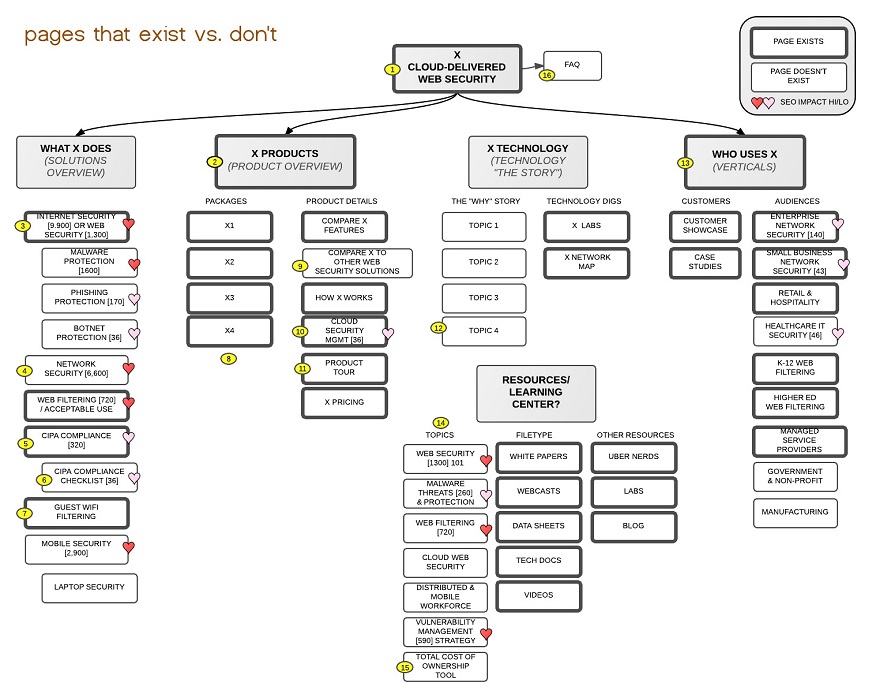
This suggested architecture shows which pages exist vs don’t, a sense of which ones are more likely to drive search traffic, and references notes where they’re needed.
Content Strategy
 Not Really Thinking:
Not Really Thinking:
- Create content because people are searching for it.
- Write blog posts because they’re good for SEO.
 Thinking Bigger:
Thinking Bigger:
- Why you: What is the core value proposition of this brand and how will that come through immediately on the page or in the asset you’re building?
- Targeted content: What are the various types of intent that someone landing on any page might have?
- Targeted conversion: What are the primary business goals related to this page type and how do we make sure there is a clear call to action on the page?
- Related on-page content: How can the page route people to the right path regardless of intent?
- Related content paths: What type of related content is most relevant if the visitor is either done with this page or interested in something like this, but just not exactly this?
- Funnel CTAs: What calls-to-action can take the visitor down the next path in the research or purchase process?
- Trust: Are trust factors important, and if so, how will they be portrayed?
- Being the best: How can we do something more valuable than what’s already out there?
- Linkability/shareability: What would make this page absolutely awesome to the visitor? Tools? An explainer video? Diagrams? 3D product visuals? Social proof?
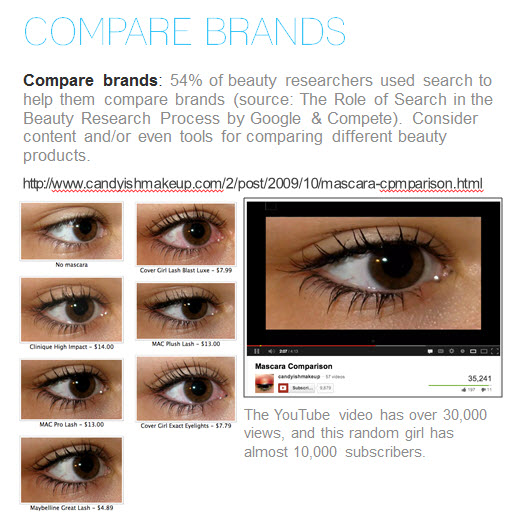
Recommendations for a client product in this example are based on competitive research, industry research papers, what’s hot in the industry now, and what people are searching for.
Don’t Bring Problems, Bring Solutions
Nobody likes a complainer. Everybody likes a problem-solver.
So, think about it: Are your deliverables just dumping problems into your clients’ laps or are you approaching what you do from a product-enhancing, business goal-driving solution? That’s what we do here at SEOgadget. It feels good to help our clients’ businesses grow, it keeps our employees feeling accomplished and rewarded and it’s what makes the difference between a regular SEO consultancy and a progressive one.
Get yourself into this mode of thinking for everything that you deliver. Solve problems. Empower others. Think bigger.
The post Think Bigger: 28 Ways to Be a Better SEO appeared first on SEOgadget.

